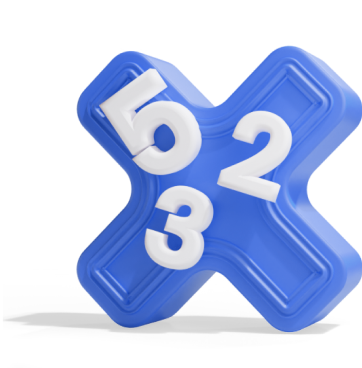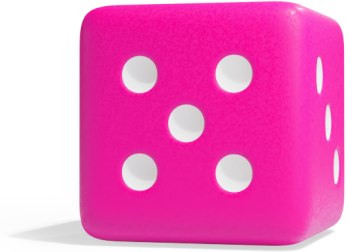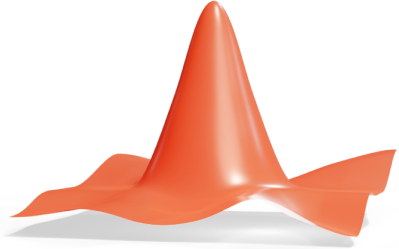6th grade Q1
When subtracting mixed decimals, you need to regroup if a digit in the top number is smaller than the one below it. This means borrowing 1 from the next column on the left to make the subtraction possible.
Follow these steps:
Step 1: Line up the decimal points
Align the numbers by their decimal points so that each place value is in the correct column.
Step 2: Start subtracting from the rightmost place value
Begin with the smallest place value (the ten-thousandths) and work your way left.
Step 3: Regroup where necessary
If a digit in the top number is smaller, borrow 1 from the next column and add 10 to the current digit.
Step 4: Write the difference
Once you’ve subtracted all the digits, write down the result, keeping the decimal points aligned.
Example:

Step 1: Line up the decimal points
Align the numbers by their decimal points so that each place value is in the correct column. You can write 2.37 as 2.3700 to make it easier to align the digits. Adding zeros at the end of a decimal doesn't change it's value.

Step 2: Start subtracting from the right
The ten-thousandths place:
The thousandths place:

Now move to the hundredths place. In this case the digit in the top number is smaller, so you need to borrow 1 from the next column and add 10 to the current digit. 4 becomes 14
The hundredths place:

Continue to the next column. Remember, a digit with a diagonal line through it is reduced by 1. Now you can subtract the digits in that column.
The tenths place:

Finally the last column.
The ones place:

Final answer:

Regrouping was needed in the hundredths place (4 - 7), so you borrowed 1 from the tenths place to make the subtraction possible. Keep the decimal points aligned as you work through each place value!



















